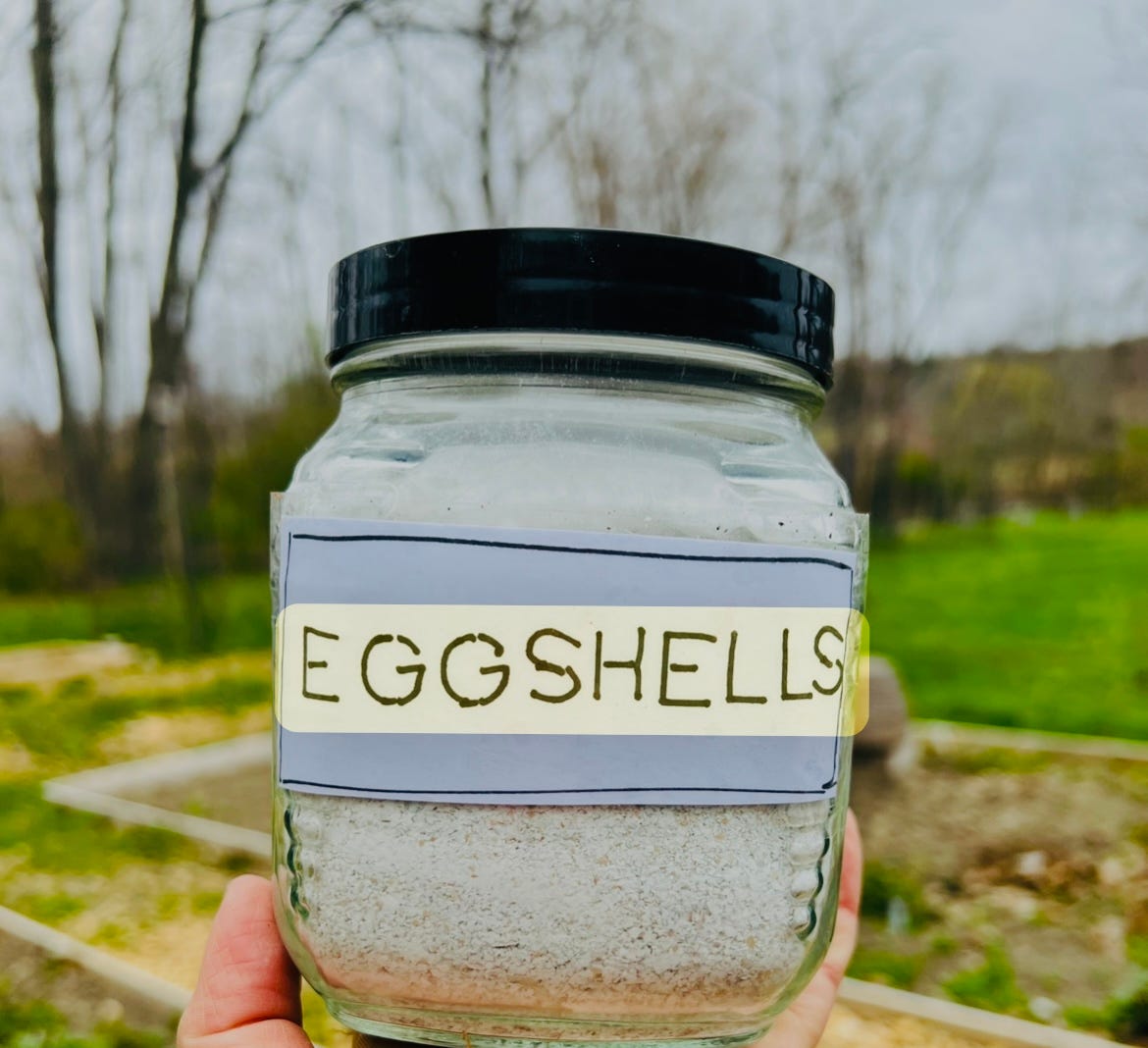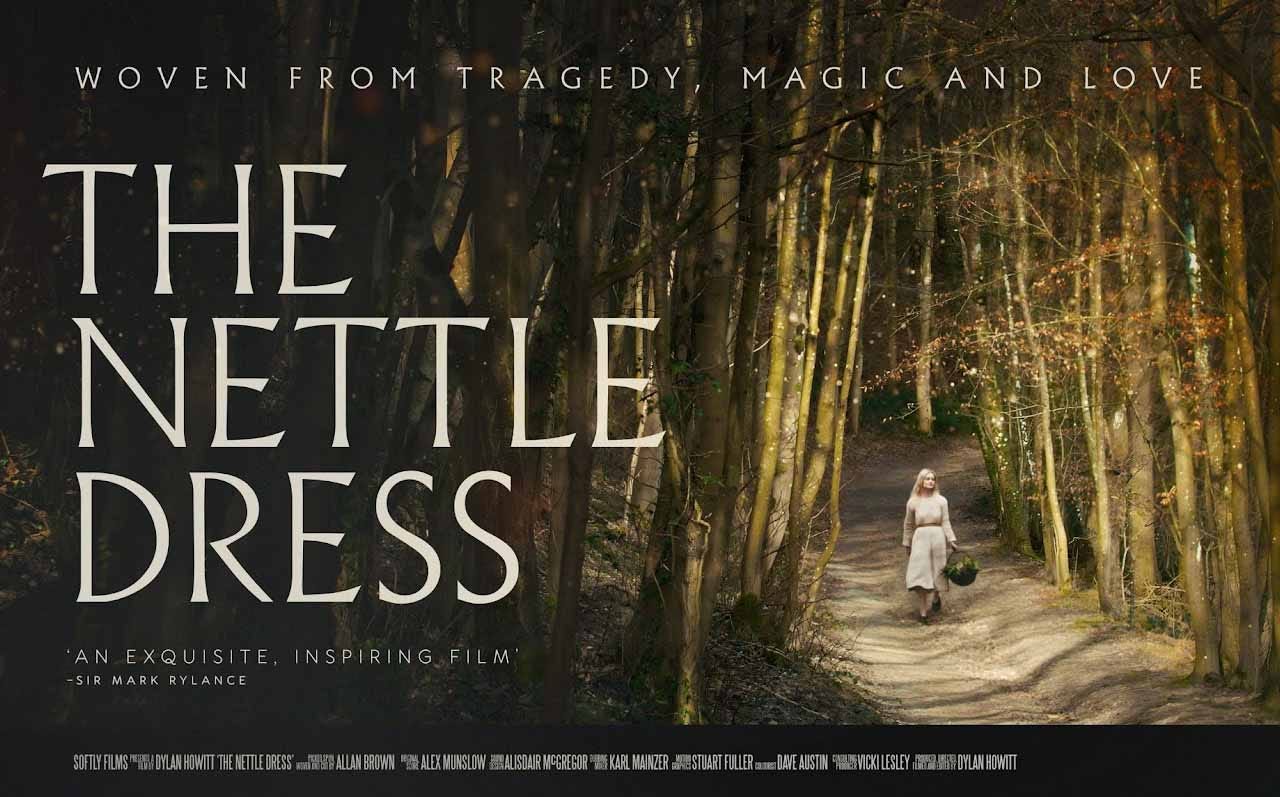Newsletter #51
The movers and shakers on our planet, aren’t the billionaires and generals, they are the incredible numbers of people around the world filled with love for neighbor and for the earth who are...
resisting, remaking, restoring, renewing and revitalizing.
~Bill McKibben, is an American environmentalist, author, and journalist.
Hello Friends,
This month provides the energy for us to come out of the doldrums of winter and enter into the vibrancy of spring! I fully have ‘spring fever’! From counting the days till Spring, and dreaming of all the possibilities at my River’s Edge Farm. I noticed a few nights ago that Spring migration has begun. It’s little earlier than usual in the Hudson Valley in upstate New York. I saw several frogs hopping across the road on a rainy evening, making their way towards the vernal pond near my house (more about vernal ponds in the next issue).
In this issue, you will learn the many things you can use Eggshells for; why Uruguay is so inspiring; why the Moon has such a pull; how Wild Horses are helping with wildfires and two films. One is very Short and the other Film is available briefly online, so don’t miss it! Onwards!
#1-Eggshells
Anyone who has come to my house may have noticed that I usually have eggshells drying on my windowsill. I’ve been saving eggshells for the past 20 years, using them primarily in the garden, from spreading small pieces around the base of plants to keep slugs away, or pulverizing them into a powder, which I add to each tomato planting hole (their roots love the added calcium).
Finding ways to repurpose eggshells is a worthwhile mission.
Here's a sobering fact from the FDA: of all the materials collected in U.S. landfills by volume, food waste is at the very top of the list (more scraps are dumped into landfills than plastic). Diverting your household's used eggshells from landfills is just one small way to do your part for planet Earth.
Here are a few other things you can do with your eggshells:
1- Add them to your compost or worm bin
Before adding eggshells to your compost pile or worm bin, rinse, dry, and powder them, which will get absorbed much faster in the soil, where pieces of eggshell can much longer to break down. Eggshells are great for your compost because they're packed with calcium and other nutrients, making your compost even more beneficial in your garden.
2- Add to birdseed
For mama birds, eating eggshells can be an important part of growing healthy babies. Adding crushed eggshells to birdseed can help wild birds boost their calcium, an essential element for some nesting types.
Like using eggshells in composting, eggshells used for feeding birds should be thoroughly rinsed, dried and crushed. Baking the shells over low heat first dries them out and makes them easier to pulverize. To try it, the National Audubon Society suggests spreading rinsed eggshell pieces (from chicken eggs) onto a cookie sheet. Bake them for about 10 minutes at 250 degrees Fahrenheit. Watch them closely and pull them out of the oven if they start to turn brown. Once cool, crush the shells into powder. Mix the powder with birdseed and put the mixture into a feeder or sprinkle it on the ground in areas where you see birds gather to eat.
3- Add to calcium deficient plants
Eggshells can be applied to calcium-deficient plants to give them an extra boost of vital nutrients. Calcium plays a role in some important functions for growing plants. It's an essential part of creating cell wall structures and also helps plants tolerate cold temperatures. Tomato and pepper plants are commonly afflicted by calcium deficiency.
How do you know if a plant is struggling with calcium deficiency? Signs of calcium deficiency include twisted or bushy-looking young leaves, and the appearance of brown or black spots on young leaves. If eggshells are crushed into a fine powder, you can try mixing the powder directly into the soil of ailing plants.
Have you tried making your own calcium supplement powder using eggshells? I heard that the body absorbs it really well. I’m thinking of making my own.
#2-Green Energy Inspiration from Uruguay
Back in 2007, Uruguay had a massive problem with no obvious fix. The economy of this country of 3.5 million people was growing, but there wasn't enough energy to power all that growth. There was energy rationing, and people's power bills kept going up.
"It was difficult for us to cope," Ramón Méndez Galain remembers. "It was difficult to get electricity. For some time, we were beginning to have blackouts."
He started researching different potential paths for Uruguay's energy future and reaching out to experts he knew around the world. Ultimately, he wrote up an entire plan for how Uruguay could change its energy mix so that it relied almost entirely on renewable energy. There would be less pollution, it would be better for the climate, and, he thought, in the long run, it would be the most economical choice Uruguay could make.
The president of Uruguay had seen Méndez Galain's plan and was now inviting him to become Uruguay's new national director of energy. Méndez Galain accepted.
Countries all over the world have spent the last decade announcing lofty goals to reduce the emissions that cause climate change. In the United States, President Biden has set a goal to reach 100 percent carbon pollution-free electricity by 2035. But Uruguay has almost reached that goal already. In a typical year, 98% of Uruguay’s grid is powered by green energy.
To read more, click here
#3-Wild horses and WildFires
As Europe scorched last summer, Spain unveiled its latest line of defense against wildfires: Przewalski’s horses.
A small herd was reintroduced to the Iberian highlands last May and with a diet comprising vast quantities of grasses and leaves, the horses reduced the volume of combustible vegetation in the landscape, which will slow wildfires.
Przewalski’s horses are the world’s last wild horses. Ancient cave paintings, in the Iberian highlands, suggest that horses similar to Przewalski’s roamed the region some 4,000 years ago.
For centuries, the Iberian highlands were grazed by sheep and horses, which were used for agricultural jobs but allowed to roam freely when not working. The decline of traditional agriculture led to rural depopulation and land abandonment. The loss of grazing saw the landscape become overgrown with the kind of vegetation that contributes to more intense and faster-spreading wildfires.
Spain is not the only country releasing grazing mammals on wildfire-prone landscapes.
In Howth, an outer suburb of Dublin, an endangered breed of native goats has been reintroduced in response to regular wildfires, and in southern Chile, goats have been used to created firebreaks in native forests.
Wondering if areas in the United States, that are increasingly prone to wildfires, would consider introducing grazing mammals in hard to reach grassland areas.
#4-The Pull of the Moon
From the owl that flashes it’s hidden white throat feathers during mating season on nights of a full moon to the corals that begin to spawn, the lunar cycle cues many species, aiding in creating the next generation. As many species are active at night, the full moon is the brightest object for most of their waking hours.
A few centuries ago, anyone who wanted to move about at night depended on the phase of the moon. In the fall, farmers used the bounty of light from the harvest moon to reap the season’s crops late into the night.
The moon has four phases or quarters per month, lasting about seven days each. The first two quarters are called waxing, which are between the new and full moon, when the moon is getting brighter. The third and fourth quarters are after the full moon, when the light is decreasing or called waning.
As the moon orbits around our planet, it not only affects the rising and falling tides of our oceans, but it’s gravitational pull also affects the moisture in the soil. This effect is strongest during the waxing phase, the two weeks between a new and a full moon.
In the Almanac-Newsletter, which I published from April 2009 till December 2020, every month I shared a garden planting and chore calendar based on the phases of the moon. Planting by the moon is the oldest form of gardening, with a history dating back to the ancient Egyptians. When planting your garden, the moon’s position has an impact on how well your seeds will germinate, grow and develop because of the groundwater tables beneath our feet, and how much moisture is in the soil.
This is a calendar from 10 years ago and was focused on southern California.
#5-Short Movie - The Story of Stuff’s How Coke Killed the Refillable Bottle
Coke Knew Their Plastic Would Trash the Planet…And Did It Anyway
Once upon a time, Coke’s bottles were an environmentalist’s dream: stylish glass bottles washed and reused over and over, leaving no pollution. But, today Coca Cola is the world’s biggest plastic producer and polluter. What happened?
Watch our 12-minute investigative short documentary and find out.
Tell Coke to Bring Back Refill!
We’re calling on Coca-Cola to bring back refill and sell 25% of their beverages in the US in refillable containers. Join me in signing this petition
P.S. I don’t drink coca-cola and I especially don’t like plastic waste.
#6- Movie - The Nettle Dress is available online!
The Nettle Dress film (featured in issue #38) is available to watch online, from March 1st-4th. Click here to watch it.
About the film: Textile artist Allan Brown spends seven years making a dress by hand, using only the fiber of locally foraged stinging nettles. Watch the trailer here
************************************************
Welcome all new subscribers and a extra big thank you to all paid subscribers!
I hope you enjoyed reading this latest issue. And as featured in my book LOLA:
The more you read
The more you know
The more you know
The smarter you grow
The smarter you grow
The stronger your voice
When speaking your mind
Or making your choice
See you again in 2 weeks!
Till then, be well in all ways,
Priscilla















